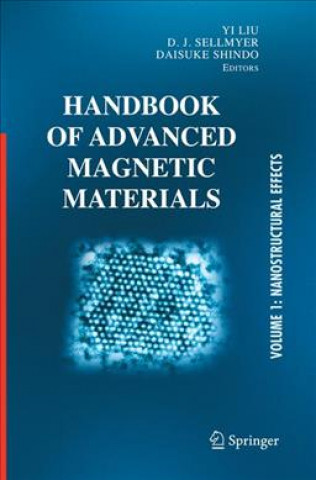
Kod: 16113386
Handbook of Advanced Magnetic Materials
Autor Liu
In December 2002, the world's first commercial magnetic levitation super-train went into operation in Shanghai. The train is held just above the rails by magnetic levitation (maglev) and can travel at a speed of 400 km/hr, comp ... więcej
- Język:
 Angielski
Angielski - Oprawa: Miękka
- Liczba stron: 1794
Wydawca: Springer-Verlag New York Inc., 2016
- Więcej informacji o książce

Zobacz książki o podobnej tematyce
-

Anton Muller
208.71 zł -

Suicidal Thoughts
220.35 zł
Podaruj tę książkę jeszcze dziś
- Zamów książkę i wybierz "Wyślij jako prezent".
- Natychmiast wyślemy Ci bon podarunkowy, który możesz przekazać adresatowi prezentu.
- Książka zostanie wysłana do adresata, a Ty o nic nie musisz się martwić.
Więcej informacji o Handbook of Advanced Magnetic Materials
Za ten zakup dostaniesz 1422 punkty
 Opis
Opis
In December 2002, the world's first commercial magnetic levitation super-train went into operation in Shanghai. The train is held just above the rails by magnetic levitation (maglev) and can travel at a speed of 400 km/hr, completing the 30km journey from the city to the airport in minutes. Now consumers are enjoying 50 GB hard drives compared to 0.5 GB hard drives ten years ago. Achievements in magnetic materials research have made dreams of a few decades ago reality. The objective of the four volume reference, Handbook of Advanced Magnetic Materials, is to provide a comprehensive review of recent progress in magnetic materials research. Each chapter will have an introduction to give a clear definition of basic and important concepts of the topic. The details of the topic are then elucidated theoretically and experimentally. New ideas for further advancement are then discussed. Sufficient references are also included for those who wish to read the original work. In the last decade, one of the most significant thrust areas of materials research has been nanostructured magnetic materials. There are several critical sizes that control the behavior of a magnetic material, and size effects become especially critical when dimensions approach a few nanometers, where quantum phenomena appear. The first volume of the book, Nanostructured Advanced Magnetic Materials, has therefore been devoted to the recent development of nanostructured magnetic materials, emphasizing size effects. Our understanding of magnetism has advanced with the establishment of the theory of atomic magnetic moments and itinerant magnetism. Simulation is a powerful tool for exploration and explanation of properties of various magnetic materials. Simulation also provides insight for further development of new materials. Naturally, before any simulation can be started, a model must be constructed. This requires that the material be well characterized. Therefore the second volume, Characterization and Simulation provides a comprehensive review of both experimental methods and simulation techniques for the characterization of magnetic materials. After an introduction, each section gives a detailed description of the method and the following sections provide examples and results of the method. Finally further development of the method will be discussed. The success of each type of magnetic material depends on its properties and cost which are directly related to its fabrication process. Processing of a material can be critical for development of artificial materials such as multilayer films, clusters, etc. Moreover, cost-effective processing usually determines whether a material can be commercialized. In recent years processing of materials has continuously evolved from improvement of traditional methods to more sophisticated and novel methods. The objective of the third volume, Processing of Advanced Magnetic Materials, is to provide a comprehensive review of recent developments in processing of advanced magnetic materials. Each chapter will have an introduction and a section to provide a detailed description of the processing method. The following sections give detailed descriptions of the processing, properties and applications of the relevant materials. Finally the potential and limitation of the processing method will be discussed. The properties of a magnetic material can be characterized by intrinsic properties such as anisotropy, saturation magnetization and extrinsic properties such as coercivity. The properties of a magnetic material can be affected by its chemical composition and processing route. With the continuous search for new materials and invention of new processing routes, magnetic properties of materials cover a wide spectrum of sof
 Szczegóły książki
Szczegóły książki
Kategoria Książki po angielsku Technology, engineering, agriculture Electronics & communications engineering Electronics engineering
2432.02 zł
- Pełny tytuł: Handbook of Advanced Magnetic Materials
- Podtytuł: Vol 1. Nanostructural Effects. Vol 2. Characterization and Simulation. Vol 3. Fabrication and Processing. Vol 4. Properties and Applications
- Autor: Liu
- Język:
 Angielski
Angielski - Oprawa: Miękka
- Liczba stron: 1794
- EAN: 9781489977298
- ISBN: 9781489977298
- ID: 16113386
- Wydawca: Springer-Verlag New York Inc.
- Waga: 2835 g
- Wymiary: 235 × 155 × 144 mm
- Data wydania: 15. April 2016
Ulubione w innej kategorii
-

The Art of Electronics
433.49 zł -

Practical Electronics for Inventors
181 zł -5 % -

The Art of Electronics: The x Chapters
281.59 zł -

How to Diagnose and Fix Everything Electronic, Second Edition
117.35 zł -4 % -
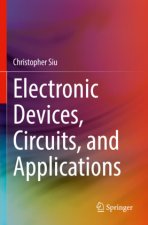
Electronic Devices, Circuits, and Applications
275.57 zł -8 % -
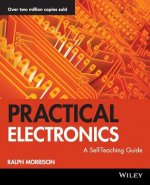
Practical Electronics - A Self-Teaching Guide
101.09 zł -5 % -
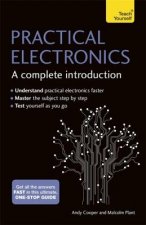
Practical Electronics: A Complete Introduction
79.20 zł -23 % -

Lego Power Functions Idea Book, Volume 1
94.56 zł -15 % -

Design of Analog CMOS Integrated Circuits
353.27 zł -

Automotive Oscilloscopes
265.03 zł -
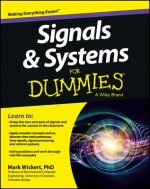
Signals & Systems For Dummies
105.40 zł -4 % -

LOGO! 8 - A Practical Introduction, with Circuit Solutions and Example Programs
131.91 zł -3 % -

LEGO MINDSTORMS EV3 Idea Book
92.25 zł -

Encyclopedia of Electronic Components Volume 2
125.18 zł -5 % -

Probabilistic Robotics
499.35 zł -12 % -
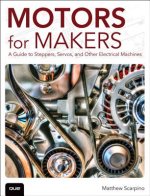
Motors for Makers
144.76 zł -10 % -
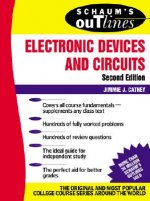
Schaum's Outline of Electronic Devices and Circuits, Second Edition
107.61 zł -2 % -
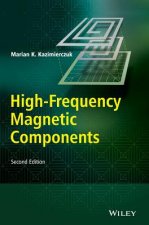
High-Frequency Magnetic Components 2e
796.21 zł -

Theory of Robot Control
714.29 zł -

Art of Hardware Architecture
584.28 zł -
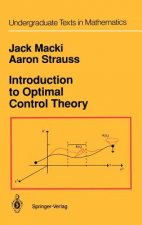
Introduction to Optimal Control Theory
425.16 zł -

FPGA Design
526.95 zł -
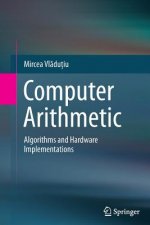
Computer Arithmetic
488.91 zł -
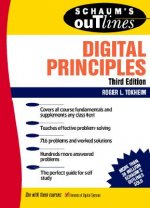
Schaum's Outline of Digital Principles
127.09 zł -3 % -

Designing with Xilinx (R) FPGAs
714.29 zł -

The LEGO Power Functions Idea Book, Vol. 2
101.49 zł -4 % -

Complete Electronics Self-Teaching Guide with Projects
124.88 zł -23 % -

Audiophile Vacuum Tube Amplifiers - Design, Construction, Testing, Repairing & Upgrading, Volume 1
344.54 zł -

Audiophile Vacuum Tube Amplifiers - Design, Construction, Testing, Repairing & Upgrading, Volume 2
344.34 zł -

Audiophile Vacuum Tube Amplifiers Volume 3
344.34 zł -

Lego Technic Idea Book: Simple Machines
88.44 zł -11 % -

Arduino Cookbook
223.06 zł -11 % -

How to Diagnose and Repair Automotive Electrical Systems
120.76 zł -4 % -

Electronics For Dummies, UK Edition
84.82 zł -29 % -
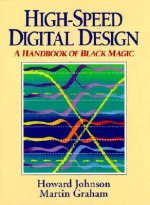
High Speed Digital Design
679.25 zł -

Automobile Electrical and Electronic Systems
269.75 zł -

Scary Smart
112.23 zł -

3,000 Solved Problems in Electrical Circuits
165.14 zł -4 % -
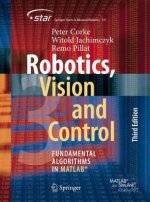
Robotics, Vision and Control
302.98 zł -8 % -

Lego Technic Idea Book: Fantastic Contraptions
82.11 zł -4 % -

Lego Technic Idea Book: Wheeled Wonders
88.44 zł -11 % -

Cybernetics
71.87 zł -
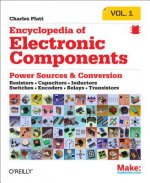
Encyclopedia of Electronic Components
105.40 zł -4 % -
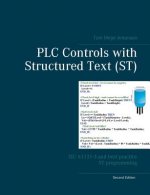
PLC Controls with Structured Text (ST)
151.89 zł -
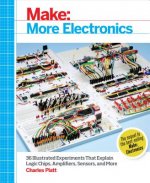
Make: More Electronics
139.94 zł -5 % -
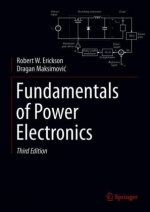
Fundamentals of Power Electronics
439.81 zł -8 % -
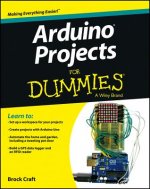
Arduino Projects For Dummies
88.94 zł -30 % -

C Programming on Raspberry Pi
157.41 zł -4 % -

Manga Guide To Microprocessors
107.31 zł -11 %
zadowolonych klientów
Od roku 2008 obsłużyliśmy wielu miłośników książek, ale dla nas każdy był tym wyjątkowym.
Copyright! ©2008-24 libristo.pl Wszelkie prawa zastrzeżonePrywatnieCookies



 21 milionów książek
21 milionów książek Dostawa 10.99 zł
Dostawa 10.99 zł (32) 444 93 66 (8-15.30h)
(32) 444 93 66 (8-15.30h)